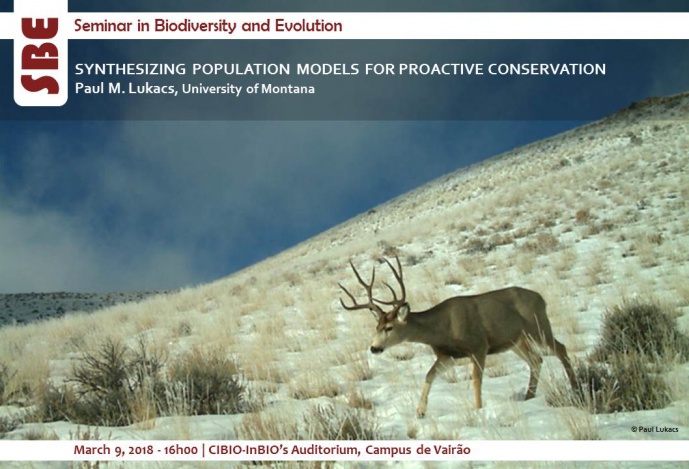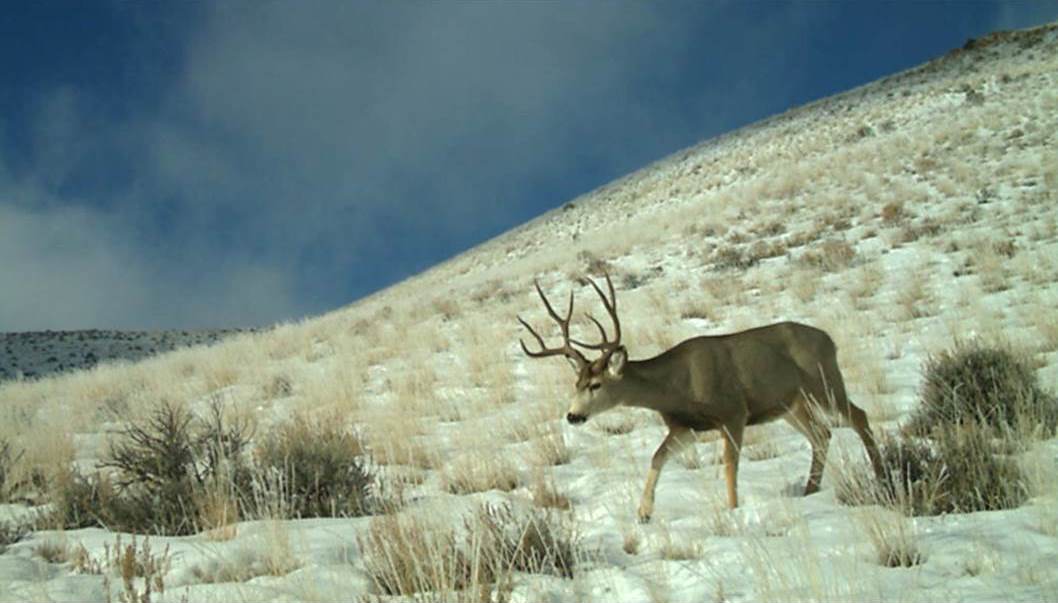SYNTHESIZING POPULATION MODELS FOR PROACTIVE CONSERVATION


Wildlife population models are often thought of as a final product from a research project or management program. Yet, population models can prove far more effective when considered throughout the entire research process. Population models suggest how much and what types of data to collect, how to store data, address ecological questions, and provide predictions of management actions into the future. We use deer (Odocoileus spp.) and cougars (Puma concolor) in western North America as examples of how synthesized population modelling facilitates proactive conservation. We link development of biological population boundaries, data storage and transfer capacity, and development of new analysis methods to the deer population models. We then apply the population model to address ecological questions about deer dynamics and forecast deer population size into the future to evaluate management alternatives. We show how population models perform in data-rich (mule deer) and data poor (cougar) settings along with ways to help support sparse data. Finally, we demonstrate how integrated population models can be placed in a user-friendly environment for biologists to apply in routine conservation activities.
Paul M. Lukacs is Associate Professor in the Wildlife Biology Program at the University of Montana. His research focuses on understanding wildlife population dynamics. He combines statistical methods development, field ecology, and software development to provide conservation relevant tools and information to wildlife managers.
[Host: Pedro Monterroso, Conservation Genetics and Wildlife Management]
Image credits: Paul M. Lukacs